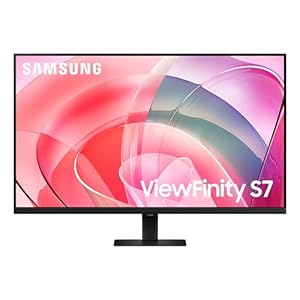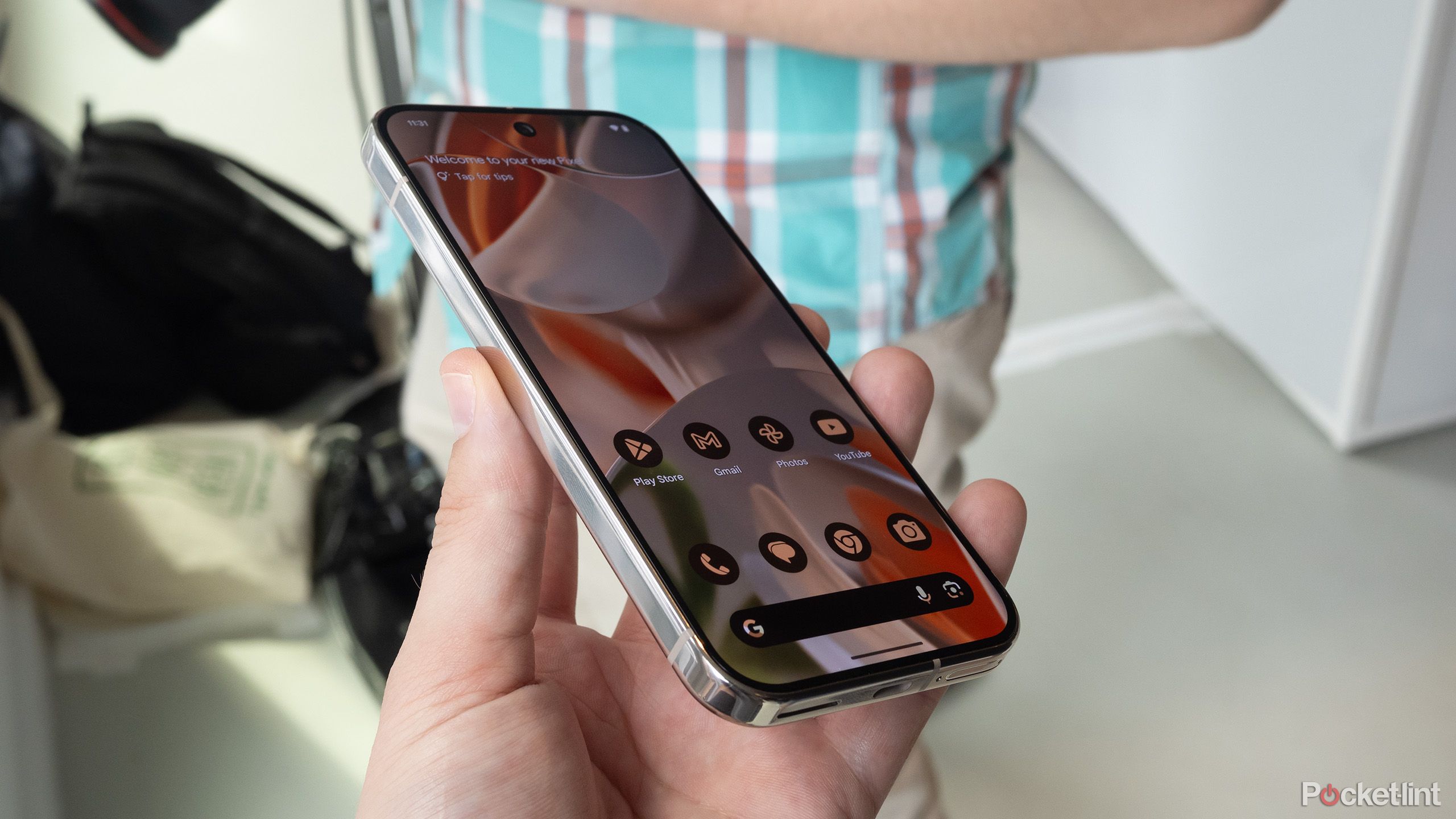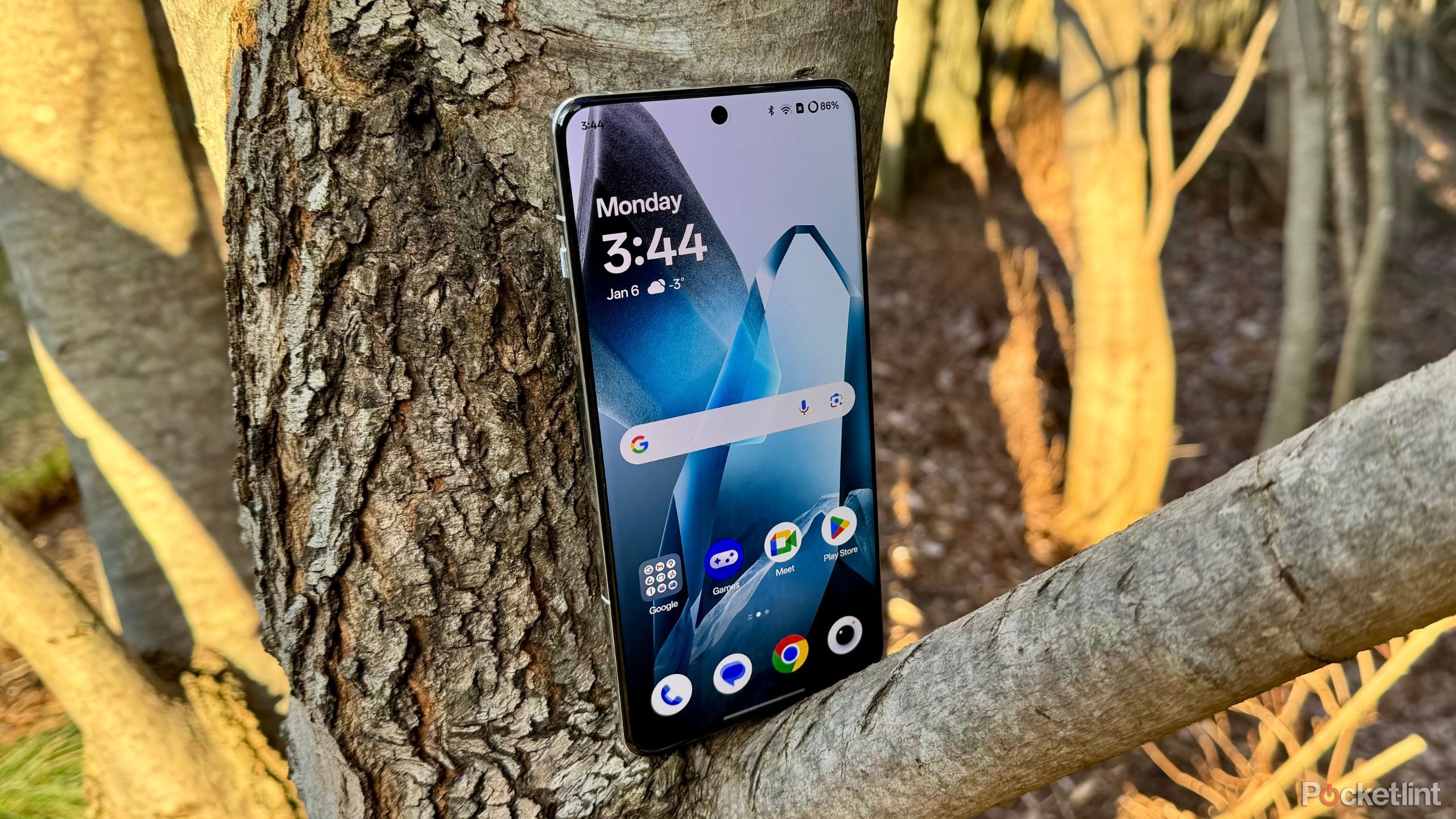Summary
- Spearheaded by Samsung in the mid 2010s, high-end smartphones across the Android space shipped with curved display panels for a brief few years.
- Today, the fad has largely died off, which is a win for pragmatism, and a loss for design brilliance and character.
- I used to be a hater of curved phone screens, but now I feel almost nostalgic about them.
I remember the day Samsung showcased its novel
Galaxy Note Edge
smartphone to the world in the fall of 2014. It was yet another large phablet-sized handset from the South Korean tech giant, but with a bold twist: it featured a display panel with a distinctive ‘edge’ curvature on its right-hand side. At the time, I didn’t think much of the Note Edge; it was yet another experimental
Samsung phone
, but with a gimmicky proposition that, in my estimation, wouldn’t stick the landing.
Little did I know that this first Samsung Galaxy Note Edge would spearhead a
design movement
that would conquer much of the premium Android ecosystem in just a few short years. Fast-forward to 2016, and Samsung was shipping a dual-curved phone in the form of the
Galaxy S6 Edge
. By around 2020, high-end handsets from the likes of Motorola, OnePlus, Huawei, Honor, and others were all sporting so-called ‘waterfall’ or ‘3D curved’ display panels of their own.
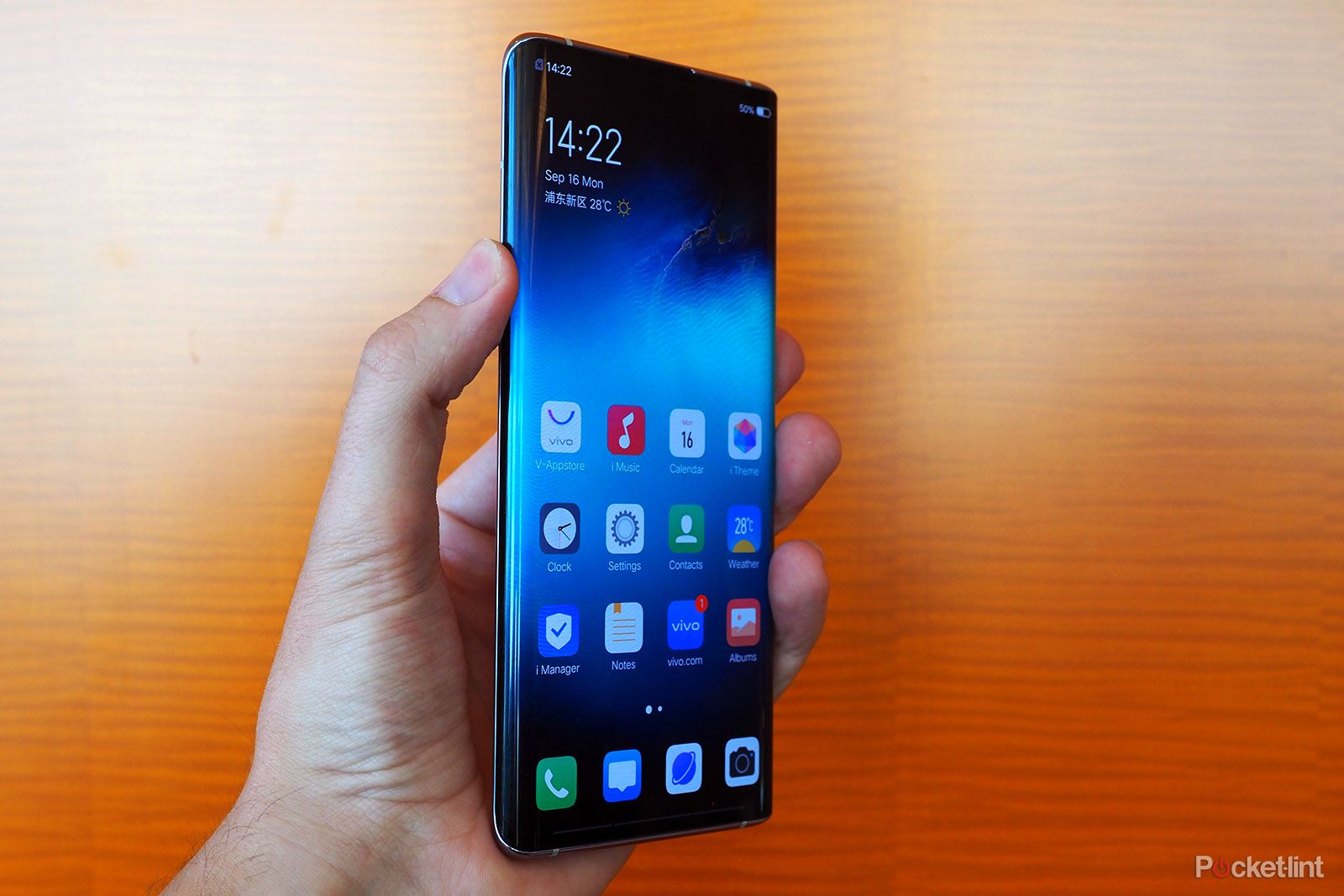
Related
What is a waterfall display? The smartphone curved screen edge feature explained
What is a ‘waterfall display’, why would you want one, and what problems does such curved screen design pose?
In a past life, I was a curved screen detractor
At the time, I felt that ‘edge’ and ‘waterfall’ displays exemplified form over function
My first experience using a curved edge-style smartphone was with the
Samsung Galaxy S9
in 2018. At first, I thought the unique curved screen setup was equal parts attractive and unique. It complemented the handset’s then-impressive Infinity Display, which is Samsung marketing lingo for ’rounded display corners and less bezel than before.’
Over the next two years, however, I soured on my Galaxy S9’s edge display. In daily use, I consistently tapped and activated things on-screen without meaning to, despite the built-in mistouch prevention tech employed by Samsung. Aside from this pestering usability issue, the phone’s deep curvature made it inconvenient to use with a screen protector — I had multiple tempered glass protectors simply unadhere from the display over about a year.
…my mind had been made: curved phone screens epitomize form over function, and the trend as a whole is one without merit.
While daily-driving my Galaxy S9, I was always worried about the delicacy of the device due to its prominent curve. Despite its dashing good looks, I knew then, as I do now, that curved glass is more fragile than flat glass. This made my screen protector troubles all the more annoying, and somewhat alarming. By the time I had switched over to a new phone, my mind had been made: curved phone screens epitomize form over function, and the trend as a whole is one without merit.
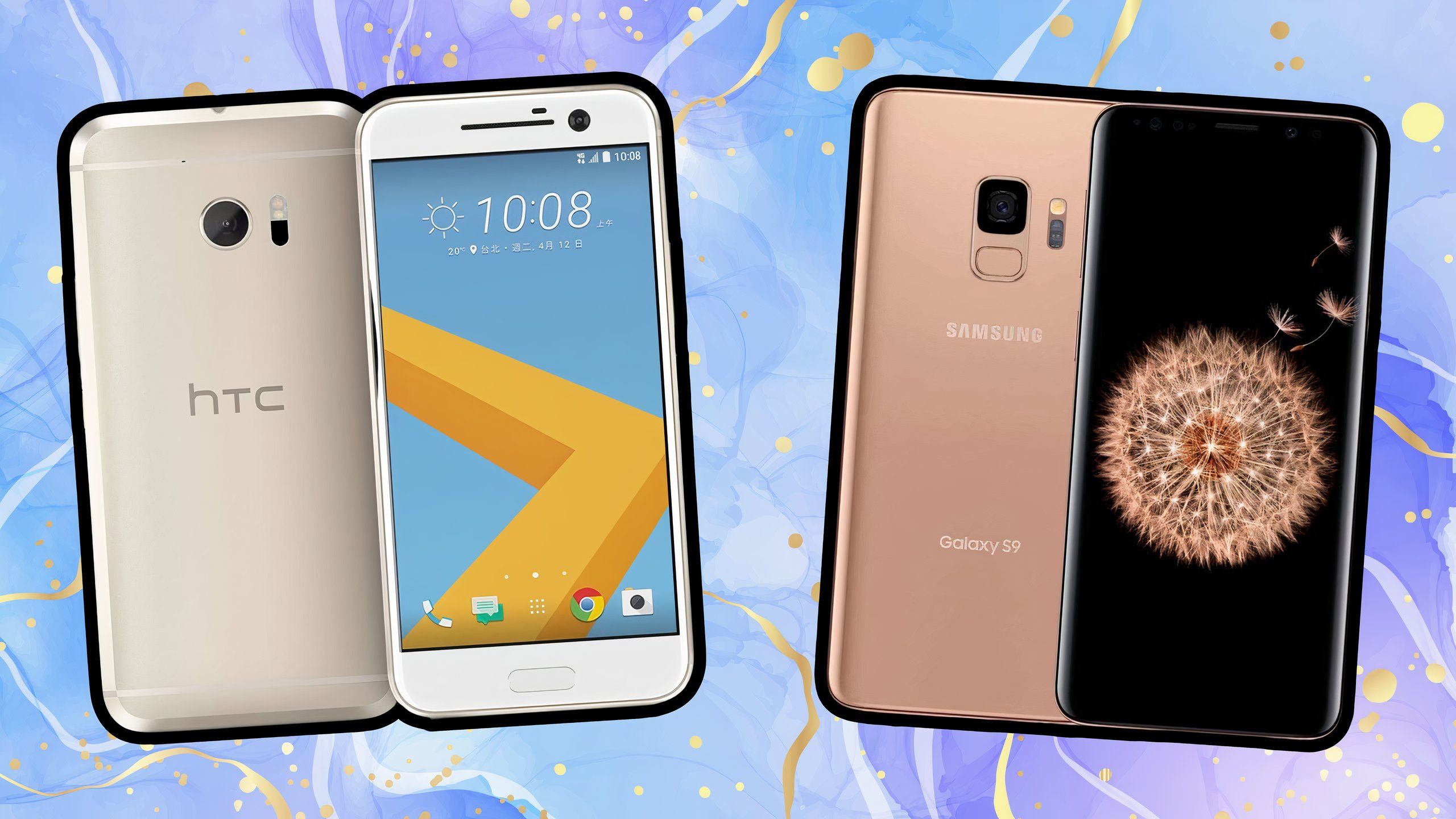
Related
These are the 5 best phones I’ve ever had the pleasure of using daily
I’ve owned several downright excellent smartphones through the years, but these models are my absolute favorites.
Modern candy bar phones are void of personality
As the saying goes, you don’t know what you have until it’s gone
What I didn’t expect was for phone makers to heed my wishes. Likely due to the outcry of usability concerns from within the tech community, OEMs began to phase out curved phone screens as we entered into the 2020s. These days, even Samsung has departed from its Edgy origins, with its latest
Galaxy Note 25 Ultra
shipping with a well and truly flat display panel.
Most Android handsets pivoted in the direction of Apple’s
iPhone 12
series: an industrial look with a boxier chassis design, flat display glass, and an overall angular appearance. And, so, my usability concerns became a thing of the past, I stopped experiencing accidental touch screen inputs, and life was good — or so it seemed.
…I think we may have overcorrected in the axing of the curved phone trend.
In hindsight, however, I think we may have overcorrected in the axing of the curved phone trend. These days, just about every candybar-style phone looks roughly the same, with a homogenized boxy aesthetic, flat, symmetrical bezels, and a distinct lack of personality. I was reminded of this when I recently
tested out the mid-range Redmi Note 14 Pro+ 5G
, which includes a curved screen design that’s reminiscent of the one on my old Galaxy S9.
0:48
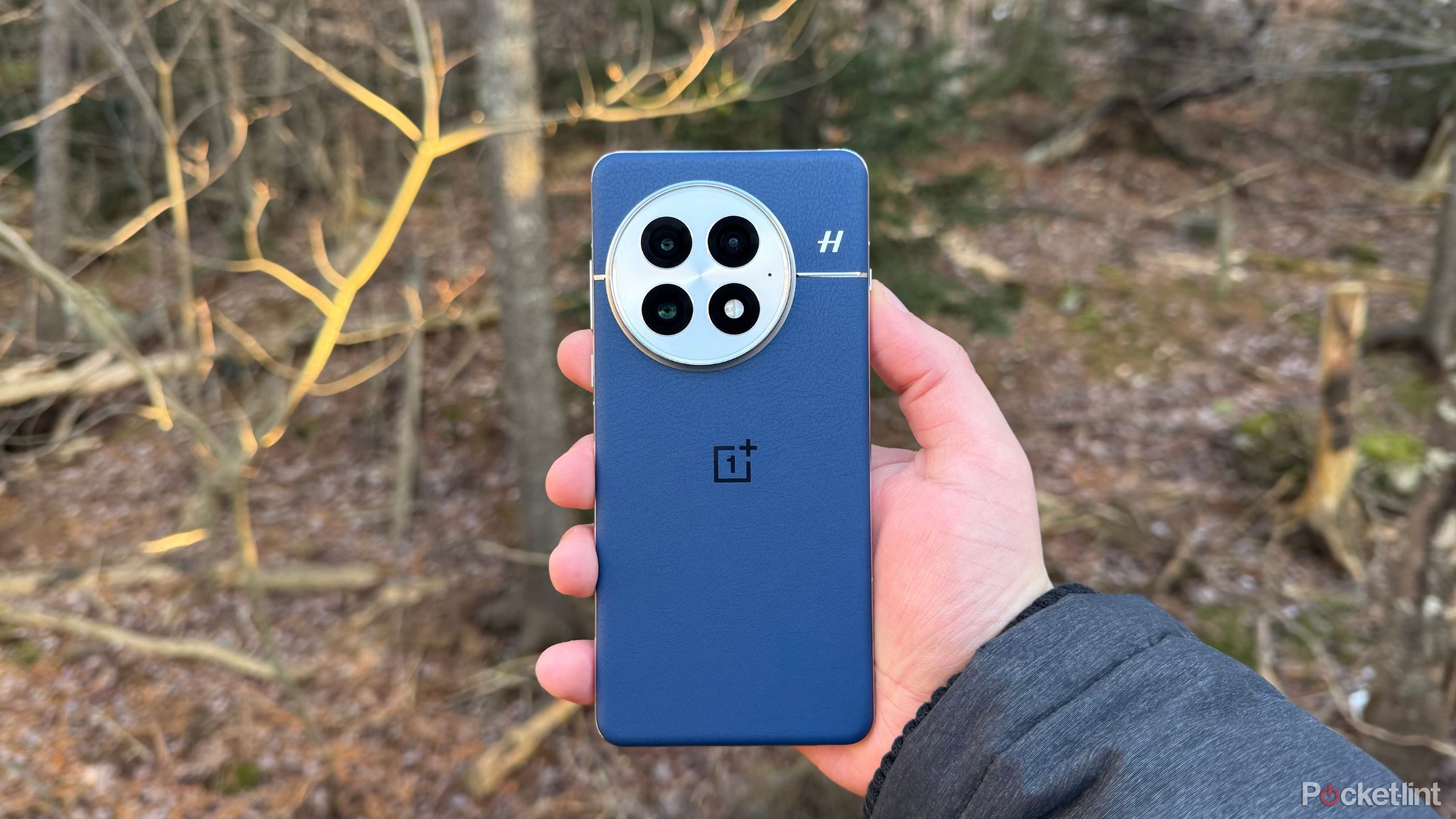
Related
The OnePlus 13 focuses on refinement, and the result is a phone I can’t help but love
With its latest 13th-generation flagship smartphone, OnePlus refines the candy bar handset form factor.
There’s light at the end of the tunnel
There’s a new curved tech trend in town, and it offers the perfect compromise
After using the Note 14 Pro+ 5G, the positives of a curved phone screen (and a rush of nostalgic energy) hit me like a ton of bricks: the fluid feeling of swiping across a waterfall display, the narrow chassis profile that only an edge panel phone can provide, and the deeply immersive viewing experience. It reminded me of how much more character my Galaxy S9 had compared to newer phones, and I can honestly say that I miss living life on the Edge (despite my aforementioned complaints).
Luckily, there appears to be light at the end of this particular consumer gadget tunnel. Remember the 2.5D curved displays of the
iPhone 6
? Well, they’re back in style. The
OnePlus 13’s
quad-curved display is a modern reincarnation of 2.5D glass, and it offers the perfect balance between subtle and comfortable curvature, and in-hand practicality.
I suspect this new quad-curve trend is one which will gain prominence in the phone space.
I suspect this new quad-curve trend will gain prominence in the phone space in the coming years.
Motorola
has just unveiled its Edge 60 Pro, which joins the quad-curved party, and I’d imagine other Android OEMs aren’t too far behind. As a compromise, I reckon subtle curves are the right way to go. Of course, my mind has changed before, and it might well change again — hardware design is a lot like fashion, after all, and what’s in style today will be old news tomorrow.

Related
Thin is in, but will ultra-slim phones come at too steep a cost?
Does slimness even matter much in 2025?
Trending Products

SAMSUNG FT45 Sequence 24-Inch FHD 1080p Laptop Monitor, 75Hz, IPS Panel, HDMI, DisplayPort, USB Hub, Peak Adjustable Stand, 3 Yr WRNTY (LF24T454FQNXGO),Black

KEDIERS ATX PC Case,6 PWM ARGB Fans Pre-Installed,360MM RAD Support,Gaming 270° Full View Tempered Glass Mid Tower Pure White ATX Computer Case,C690

ASUS RT-AX88U PRO AX6000 Twin Band WiFi 6 Router, WPA3, Parental Management, Adaptive QoS, Port Forwarding, WAN aggregation, lifetime web safety and AiMesh assist, Twin 2.5G Port

Wi-fi Keyboard and Mouse Combo, MARVO 2.4G Ergonomic Wi-fi Pc Keyboard with Telephone Pill Holder, Silent Mouse with 6 Button, Appropriate with MacBook, Home windows (Black)

Acer KB272 EBI 27″ IPS Full HD (1920 x 1080) Zero-Body Gaming Workplace Monitor | AMD FreeSync Know-how | As much as 100Hz Refresh | 1ms (VRB) | Low Blue Mild | Tilt | HDMI & VGA Ports,Black

Lenovo Ideapad Laptop computer Touchscreen 15.6″ FHD, Intel Core i3-1215U 6-Core, 24GB RAM, 1TB SSD, Webcam, Bluetooth, Wi-Fi6, SD Card Reader, Home windows 11, Gray, GM Equipment

Acer SH242Y Ebmihx 23.8″ FHD 1920×1080 Home Office Ultra-Thin IPS Computer Monitor AMD FreeSync 100Hz Zero Frame Height/Swivel/Tilt Adjustable Stand Built-in Speakers HDMI 1.4 & VGA Port

Acer SB242Y EBI 23.8″ Full HD (1920 x 1080) IPS Zero-Body Gaming Workplace Monitor | AMD FreeSync Expertise Extremely-Skinny Trendy Design 100Hz 1ms (VRB) Low Blue Gentle Tilt HDMI & VGA Ports
